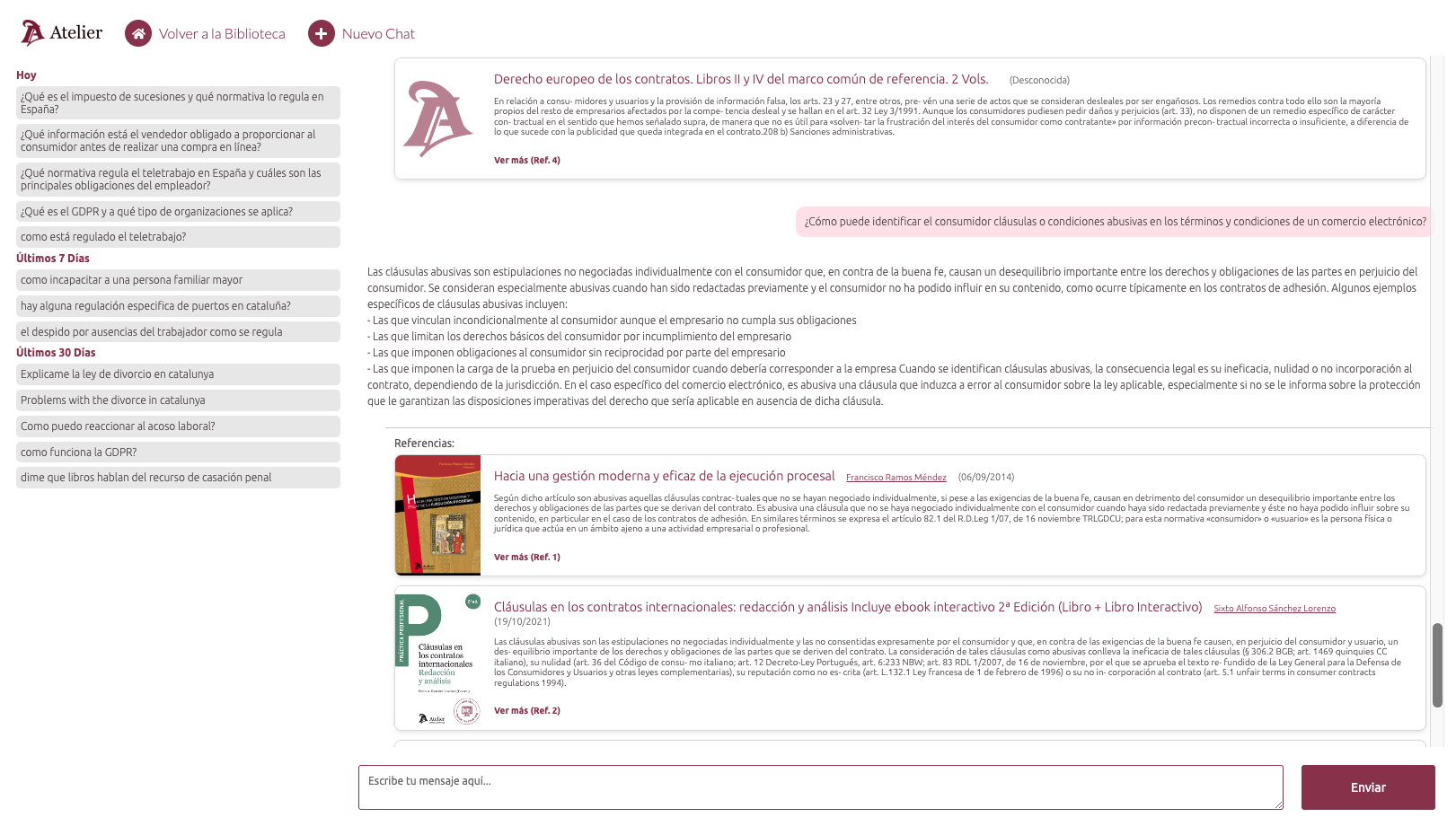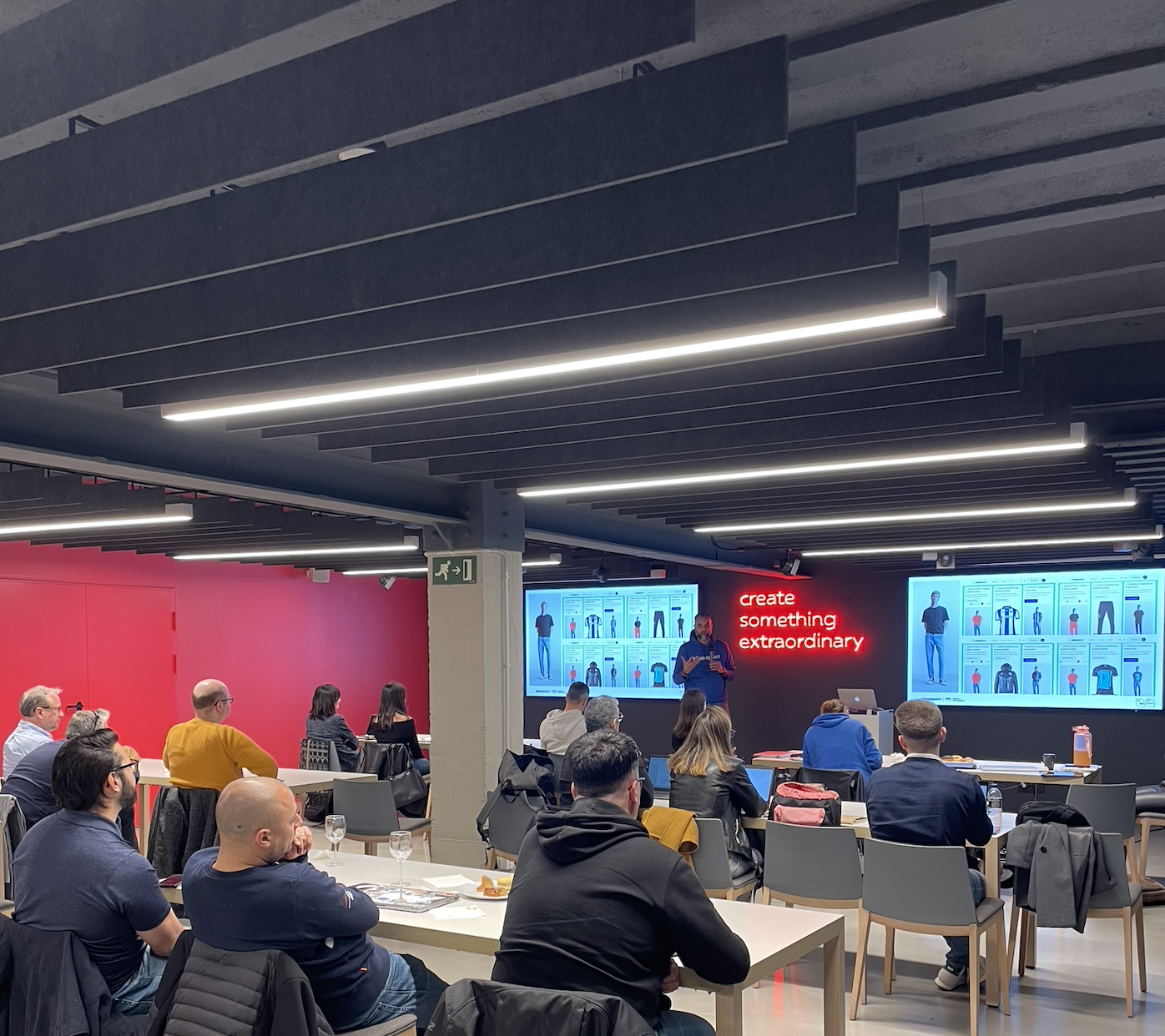
Introduction to customer data
Enrich your CRM with relevant customer information: CLV, buyer persona, and consumption patterns.

The customer database, the most important digital asset for companies and a fundamental pillar of the marketing strategy.
Before you can leverage customer data to find new growth opportunities or micro-segment existing ones, you first need to store, clean, and analyze this data.
We must first focus on the data provided by our customers through their behavior, interactions, and purchases.
The data that customers directly provide, also known as first-party data, gives us the opportunity to enrich the information associated with a customer in the CRM through their interactions with the brand, from website visits to purchases on the eCommerce site or any other point of sale. Our years of experience confirm that analyzing and effectively utilizing customer information multiplies results spectacularly.
Utiliza la Inteligencia de Pleasepoint para aumentar el ROI de tus acciones de CRM, marketing y publicidad digital.
Pleasepoint es la plataforma de machine learning que segmenta los clientes de tu CRM con predicciones de compra por cliente y personaliza tu marketing digital a escala.
Solicita una demo para ver las ventajas de trabajar la segmentación de clientes utilizando el Customer Lifetime Value, personalizando según el perfil de buyer-persona basado en datos y la recomendación de productos one-to-one.
Solicita una demoEach customer, individually, generates hundreds of interactions that, when multiplied by thousands or millions of customers, transform into a true customer data center (Big Data), which translates into sales funnels. In recent years, we've seen how performance analysis on this data, combined with ROI calculations, has become increasingly indispensable in marketing actions. This trend, far from diminishing in the coming years, and the vast amount of available data mean that Big Data must be exploited with Artificial Intelligence applied to marketing. Predictive marketing is already a priority for many companies today.
When starting any Big Data, Customer Intelligence, or Predictive Marketing project, the question of what customer data to work with always arises. To answer this, we must consider the value each data point offers and the ease of obtaining it. The solution will differ for each company, but as marketers, we must be mindful not to overdo it and focus on selecting data that truly adds value to the ultimate goal of multiplying sales.
Many marketers become obsessed with wanting to store all possible customer data. This is a huge mistake. It’s easy to fall into massive integration projects that yield no results.
The key is to work with only the data needed to generate growth
You’ll be surprised by the small amount of data you need to start executing a Predictive Marketing strategy and begin seeing the first results.
- Contact data with GDPR acceptance.
- Demographic data for simple segmentation.
- Transactional data such as purchase habits.
- Behavioral data like interests.
- Interaction data like purchase intent.
How should I organize customer data to detect growth opportunities and leverage them in my marketing strategy?
The interactions between a user (or customer) and a website or eCommerce platform (a company or brand) leave a digital footprint that, as Predictive Marketing Ninjas, we can store in the customer database. For instance, today, we know that a customer makes about 50 interactions before successfully completing a purchase. These interactions include clicks on emails, Google Adwords ads, social media activity, contacts with support centers...
If you're unsure which attributes add real value, it’s easy to get lost in the large volume of data we can store. Don’t worry—in the Artificial Intelligence Marketing Course, we’ll explain where to start. Throughout the process, you must stay focused on the ultimate goal of Predictive Marketing: improving each customer interaction to increase their Customer Lifetime Value and thereby multiply revenue.
These are the phases we recommend following to successfully execute the first stage of the Predictive Marketing strategy, which aims to prepare customer intelligence:
- Implement the CRM and integrate all customer registration sources.
- Integrate the transactional data of each customer’s purchases.
- Link interaction data from communications and the website or app.
- Connect to the loyalty program and post-sales service.
Si has llegado hasta aquí esto te interesa.
Pleasepoint es la plataforma de machine learning que segmenta los clientes de tu CRM con predicciones de compra por cliente y personaliza tu marketing digital a escala.
Solicita una demo para ver las ventajas de trabajar la segmentación de clientes utilizando el Customer Lifetime Value, personalizando según el perfil de buyer-persona basado en datos y la recomendación de productos one-to-one.
Solicita una demoCreate relationships with customers based on their behavior, preferences, and purchases
Loyalty programs based on customer data add a personal layer to marketing communications, improving the shopping experience and enabling over 60% of tickets to be linked with customer information.
All the information associated with customer purchases and interactions allows us to create personalized communications that leverage interest and purchase intent.
In physical commerce, where purchases are anonymous, you should try to collect emails by offering some incentive, providing an electronic receipt, or any other promotion that allows you to associate customers with their purchases.
Predictive Marketing requires the integration of customer data from different systems and close collaboration with technology teams
A CMO Club study found that 88% of marketing executives admitted that projects done without IT oversight sometimes (53%) or often (35%) encountered problems. A few years ago, Accenture already pointed out that only 1 in 10 marketing and IT executives believed collaboration between their departments was at the desired level. As a marketer, you are responsible for the customer experience, but remember that IT is your biggest strategic partner, not just a provider of platforms and services.
To improve your relationship with IT, focus on being clear about the data you need versus everything you’d like to have someday. Similarly, find ways to be independent in accessing and working with data. You’ll save IT work and be more productive.
Another tip that will be gold for bringing predictive marketing projects to life is to start small and iterate quickly. Begin by integrating the most accessible data, and from the start, personalize communications. You’ll see results quickly, and with growth reports in hand, it’ll be easier to justify further integrations. Once you’ve completed integrations, you can focus 100% on personalizing campaigns and increasing conversion rates.
We’ve seen in our clients’ projects how, in the first campaigns, we doubled purchase conversions using only a few variables for customer clustering (dynamic segmentation). Even so, with Artificial Intelligence, you can detect different buying patterns, and using your marketing creativity, prepare irresistible campaigns. The key to success is being able to demonstrate results within a few weeks.
También te puede interesar...

AWS Summit Madrid 2025: MyOutfits Launch
Pleasepoint and Morillas present the official launch of MyOutfits at AWS Summit Madrid 2025.

Ecommerce in Verdiblanco: One-to-One Recommendation (AI).
The goal is to offer a unique experience to fans at every touchpoint.

Success Story: AI Agent for Atelier Libros.
Success story of Atelier Libros: How to offer an efficient and personalized experience in its digital library.
Don't miss the upcoming Pleasepoint events!
Join our events and discover the best AI use cases. Learn from experts, participate in live demos, and access success stories that will drive your business.
Amazon Web Services (AWS) Software Partners (ISV).
We are ISV (Independent Software Vendor) partners of Amazon Web Services (AWS) and have been selected for the ISV-Accelerate program.


"With Pleasepoint, we have moved from the traditional campaign management model to a more dynamic, segmented, and enriched customer model, personalizing CRM campaigns and improving the conversion of our e-commerce channel customers."
Josep Jarque
Digital Project Manager & IT Architect"The implementation of one-to-one personalization has allowed us to generate much more interesting content for users, as well as foster loyalty, improve the shopping experience, and generate additional sales through personalized recommendations."
Jose Antonio Linde
COO of Condisline"Throughout all these years of collaboration, we have closely witnessed the growth and evolution of the Pleasepoint platform. With predictive marketing, our results were very satisfactory. With one-to-one personalization, we have been able to enrich the information and design individual actions and offers. As a result, we are achieving greater customer retention and loyalty."
Alberto Elizondo
Digital Transformation at Real Sociedad"Working with Pleasepoint allows us to discover new customer purchasing behaviors, refine the implementation of campaigns based on their shopping journeys, and anticipate customer needs. Thanks to all this, we are improving personalization and enhancing the performance of our campaigns."
Belén Pérez Benavente
Customer Knowledge and Loyalty Manager at Norauto Spain"Pleasepoint has enabled us to take a leap in the analysis and segmentation of our customer base. Thanks to its personalization and predictive capabilities, we can now design more precise and efficient CRM campaigns based on purchasing behavior, optimizing our results, allowing us to innovate and add value."
Manuel Caamaño De Melo
Data Scientist at Norauto Spain"Thanks to Pleasepoint, our digital library is not only more intuitive and efficient, but also allows users to access relevant legal content with unparalleled speed and precision. This has transformed the way our clients interact with legal resources, offering a service that adapts to their needs almost naturally."
Òscar Gallud
CEO of Atelier LibrosOur clients vouch for us.














